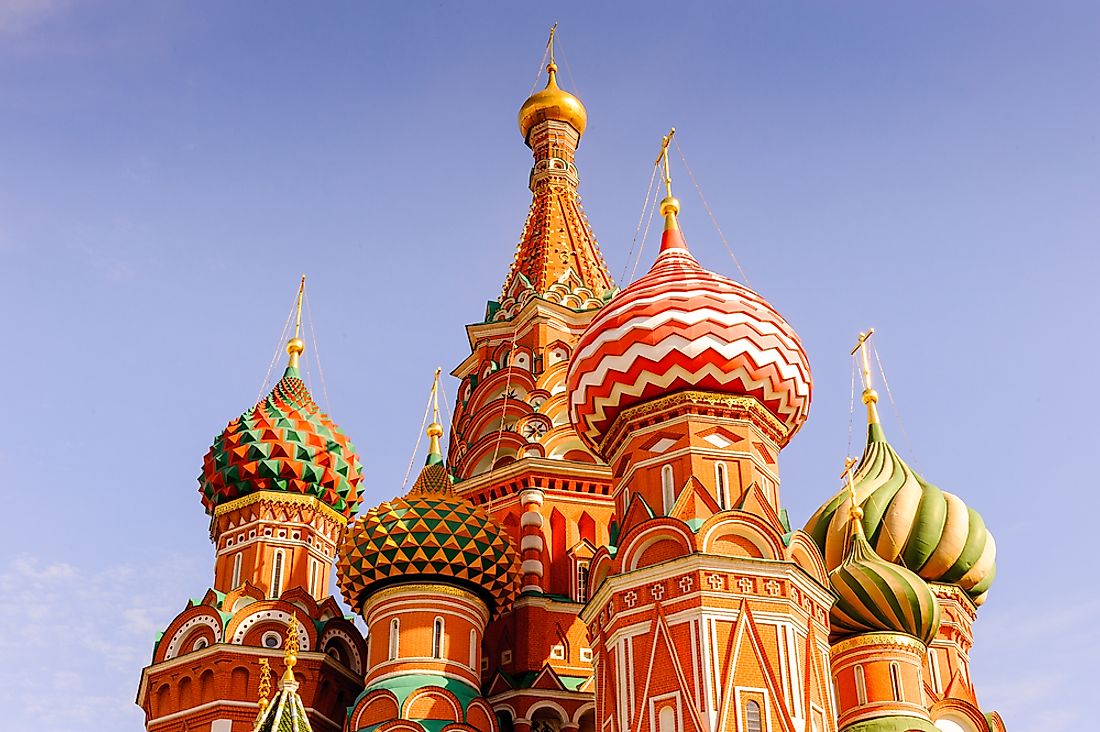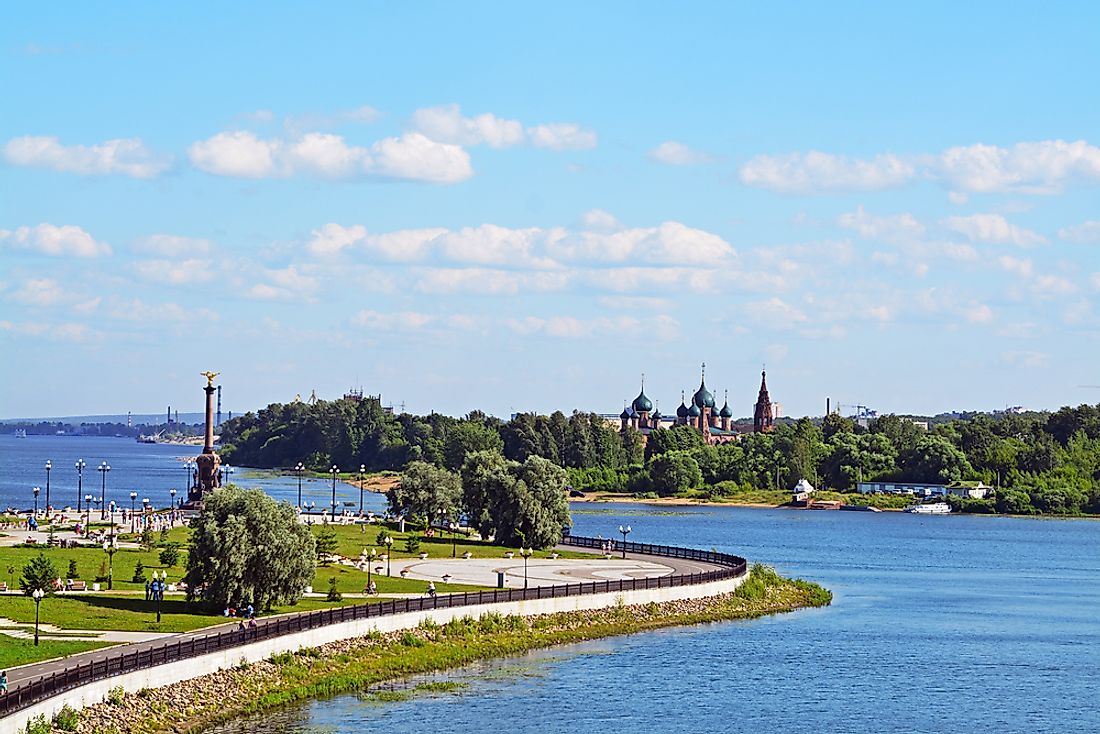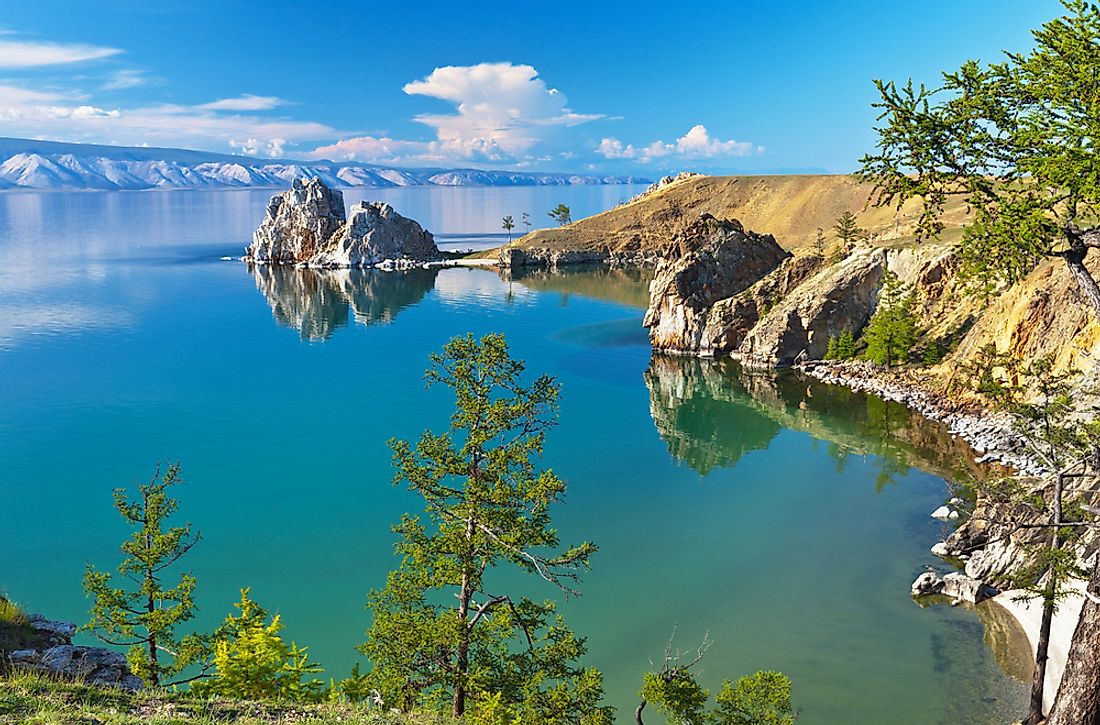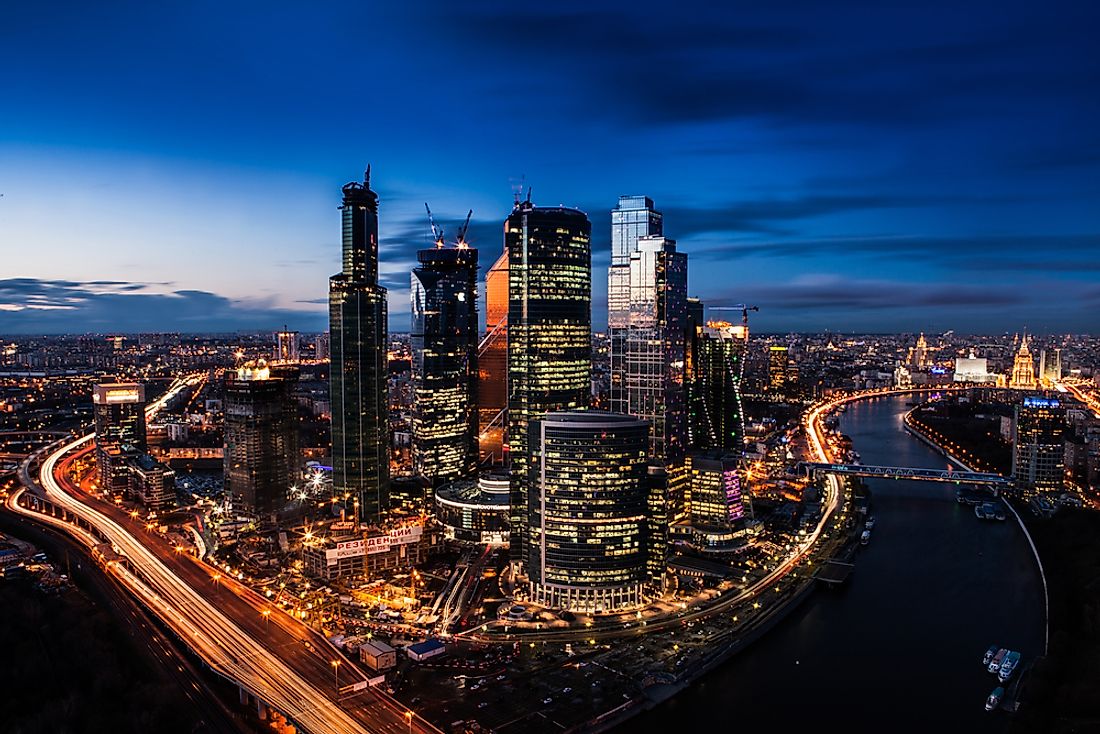10 Facts You Didn't Know About Russia

10. Moscow is supposedly home to a secret metro underground, called Metro-2.
The city of Moscow in Russia operates one of the world’s fastest and most efficient transport systems, called the metro. However, a secret system known as the Metro-2 parallels the metro-1 system and was built during the time of Joseph Stalin. It is operated by the Ministry of Defence and Directorate of Special Programmes in Russia. Metro-2 is said to be a secret transport channel that links underground military bunkers - connecting the Federal Security Service headquarters with Kremlin. Three lines of the Metro-2 include the D6 line, the Vnukovo airport line, and Ismaylovo line.
9. The world's longest continuous railway can be found in Russia.
Russia is hailed as home to the world’s longest single railway, which is known as the Trans-Siberian. The railway is 9,200 kilometers long. It starts in Moscow and goes through seven time zones, ending at the port of Vladivostok. A non-stop journey from Moscow to Vladivostok takes 152 hours and an additional 27 minutes. The railway was built from 1891-1916 and goes through several cities such as Omsk, Perm, Chita, Krasnoyarsk, and Irkutsk among others.
8. It is home to the Volga, the longest river in all of Europe.

The Volga River is regarded as Europe’s longest river and the national river of Russia. It drains into the Caspian Sea and possesses some of the world’s largest reservoirs like the Saratov, Uglich, Ivankovo, and Volgograd reservoirs. The rivers that feed Volga River include rivers Oka, Sura, Kama, and Vetluga. Volga River flows through the large, heavily populated parts of Russia. The area covered by the river is approximately 1,350,000 square kilometers.
7. 70% of Russia is Siberia.
Geographically, Siberia covers more than half of Russia. Specifically, it covers 5.1 million km2 of Russia which is about 77% of its total area. Siberia’s topography varies from one geographic zone to the other. Some zones are grasslands, others are permafrost, and yet others are flat and swampy. Additionally, Siberia is surrounded by mountain ranges called the Altai Mountains, Ural Mountains, and Verhoyansk Range. Siberia is known for its extremely cold temperatures which get as low as -47 degrees celsius. Vegetation in Siberia is one of three kinds: tundra, taiga, and temperate forests.
6. And 77% of the russian population lives in European Russia.
Russia is the world's seventh most populated country after China, India, United States, Indonesia, Brazil, and Pakistan. Amongst the inhabitants of Russia, 77% live in a part of Russia commonly referred to as European Russia. Technically, Russia is located in Eurasia, which is made up of Europe and Russia. Around 25% of Russia is in Europe and 75% is in Asia. The population of Russia is 144 million people, 110 million of which are found in the European part of Eurasia. Furthermore, the two largest cities in Russia, namely Moscow and St. Petersburg, are also located in European Russia.
5. There are almost 9 men for every 1 woman.
There are approximately 10 million more women than men in Russia. The large difference is attributed to the huge number of men who died during World War II. Furthermore, statistics show that 25% of males in Russia die before attaining the age of 55. This statistics is made worse by the decline in new borns in Russia. Other theories for as to why men die early include risky habits such as smoking or heavy drinking.
4. The world's coldest city, Oymyakon, is located in Russia.
Oymyakon is the coldest village on Earth. It is also called the “Pole of Cold.” Oymyakon city has a population of only 500 inhabitants. It is located in Oymyakonsky District in Sakha republic, Russia. Temperatures in January are normally -50 degrees celsius and the lowest temperature ever recorded in the city is -71.2 degrees celsius. During such times nothing grows and mobile phones do not work. Interestingly, it is so cold that people have to keep their cars running all day long. The explanation for this is that cars may refuse to start if the engines are turned off.
3. Like Baikal, in Russia, is the world's deepest lake.

Lake Baikal is located south of Siberia. It is the world’s deepest lake, at 5,387 feet deep. The lake is surrounded by many hiking paths which are famously known as “the Great Baikal Trail.” There are also high, snow-capped mountains around the lake causing it to beam with the radiance of unmatched beauty. Lake Baikal is made up of 20% of the world’s unfrozen fresh water. The amount of water that it holds is much more than the amounts held by all the Great Lakes in North America. Lake Baikal is also the oldest lake in the world since it has been in existence for over 30 million years old.
2. The siege of Leningrad (now Saint Petersburg) during WWII was the deadliest siege in history.
The siege of Leningrad took place in present day St. Petersburg. It occurred when the Nazis attacked the Soviet Union and a German Army besieged the city of Leningrad. The siege took place between 1941 and 1944, lasting 900 days. Hitler’s strategy was to strangle and starve the city of food supplies until it surrendered to the Nazis. The siege was so horrific that the citizens had to be evacuated across Lake Ladoga which was ice cold and hazardous. The cities oil and coal supplies were exhausted and civilians suffered very cold temperatures. Food supplies ran out and people resorted to eating dogs, cats, horses, and rats. A total of one million civilians and 300,000 Soviet soldiers lost their lives during the siege.
1. Moscow has one of the world's highest concentration of billionaires.

According to Forbes, Moscow is inhabited by 60 billionaires whose combined net worth is $217.6 billion. The city is made up of more billionaires than any other city in the world. The number of billionaires has significantly increased from the year 2002 when the city had only five billionaires. Billionaires are usually attracted to cities which have favorable tax breaks, less expensive standard of living, and world-class restaurants and night clubs. The billionaires often flaunt their wealth through fashion and lavish lifestyles. Apart from Moscow, other cities of billionaires include New York, Hong Kong, and London.







